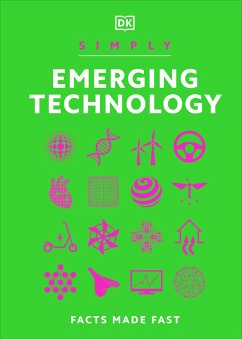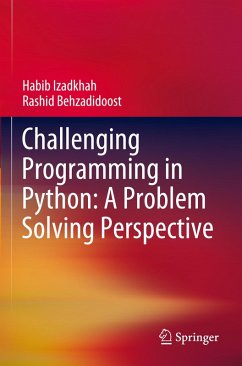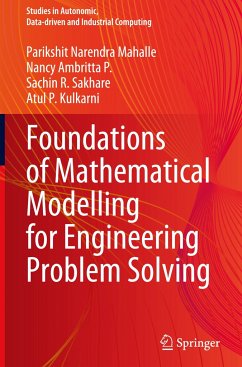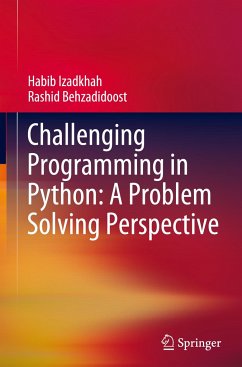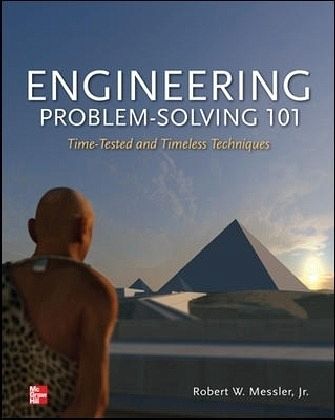
Engineering Problem-Solving 101: Time-Tested and Timeless Techniques
Time-Tested and Timeless Techniques
Versandkostenfrei!
Versandfertig in über 4 Wochen
65,99 €
inkl. MwSt.

PAYBACK Punkte
33 °P sammeln!
MASTER UNIVERSAL ENGINEERING PROBLEM-SOLVING TECHNIQUES Advance your engineering skills and become a capable, confident problem solver by learning the wide arrayof tools, processes, and tactics employed in the field. Going far beyond "plug-and-chug" solutions, thismultidisciplinary guide explains the underlying scientific principles, provides detailed engineering analysis,and lays out versatile problem-solving methodologies. Written by an "engineer who teaches," with more than 20 years of experience as a practicing engineer andnumerous awards for teaching engineering, this straightforward, one...
MASTER UNIVERSAL ENGINEERING PROBLEM-SOLVING TECHNIQUES Advance your engineering skills and become a capable, confident problem solver by learning the wide arrayof tools, processes, and tactics employed in the field. Going far beyond "plug-and-chug" solutions, thismultidisciplinary guide explains the underlying scientific principles, provides detailed engineering analysis,and lays out versatile problem-solving methodologies. Written by an "engineer who teaches," with more than 20 years of experience as a practicing engineer andnumerous awards for teaching engineering, this straightforward, one-of-a-kind resource fills a long-vacantniche by identifying and teaching the procedures necessary to address and resolve any problem, regardless of its complexity. Engineering Problem-Solving 101: Time-Tested and Timeless Techniques contains more than 50 systematic approaches spanning all disciplines, logically organized into mathematical, physical/mechanical, visual, and conceptual categories. Strategies are reinforced with practical reference tables, technical illustrations, interesting photographs, and real-world examples. Inside, you'll find: 50+ proven problem-solving methods Illustrative examples from all engineering disciplines Photos, illustrations, and figures that complement the material covered Detailed tables that summarize concepts and provide useful data in a convenient format



